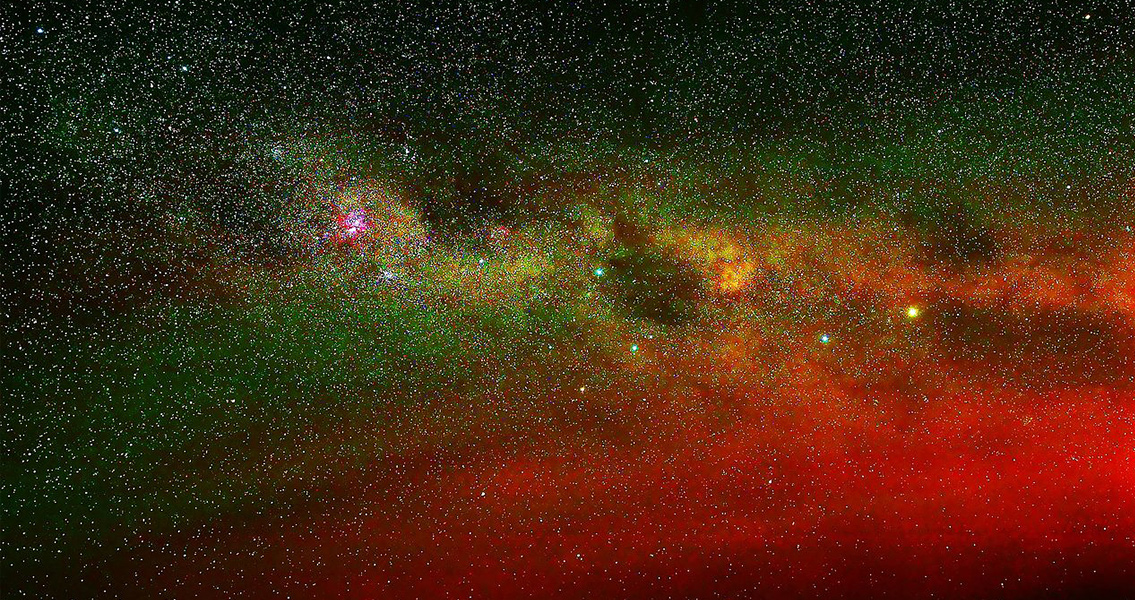<![CDATA[The Lamia Archaeological Museum in Greece is home to a 2600 year old wine cup with inscriptions that appear to depict random animals. According to a new study by researcher John Barnes however, the images may actually represent the constellations. Barnes, a classical archaeology doctoral candidate at the University of Missouri, stated that the piece of ancient pottery may hold clues as to how much knowledge the ancient Greeks had on astronomy. He believes that other Greek artworks depicting animals and hunting scenes should be re-evaluated, as they might reveal more information about the ancient Greeks' understanding of the cosmos. The discovery was made by accident. Barnes was visiting the Lamia Museum when he happened upon the skyphos. It dates back to 625 BC, and was discovered in a trench filled with debris next to a temple about 25 miles north of Thebes. A third of the skyphos is missing, but much of the artwork can still be made out, such as a bull, a snake, two dogs, a hare, a dolphin, a scorpion, and a large cat - either a lion or a panther. Barnes immediately suspected that the images might be far more significant than just an animal scene, and so began to investigate the cup further. Ancient Greek decorations often featured animal friezes and hunting scenes, but Barnes noticed some subtle irregularities on the skyphos. The dolphin is out of place with the land animals, and the scorpion is not used as a depiction of a real animal, but is instead just a shield emblem. There is also the snake located below one of the dogs, which is hunting the rabbit. Like the dolphin, the snake’s position seems out of place with the rest of the scene. Starting from these oddities, Barnes began to match the animals to different constellations. The snake represents Hydra, the bull is Taurus, the big and small dogs are Canis Major and Canis Minor respectively, the scorpion is Scorpios and the lion is Leo. Researchers often use visual depictions like the skyphos to learn more about what the Greeks understood in regards to the night sky. These ceramic artefacts are very rare and usually only show one or two constellations. One of the oldest known pottery fragments containing astrological imagery comes from the Late Geometric period, which lasted from 760 to 700 BC. It depicts the constellation 'Boötes', or the Herdsman as it is commonly known. Barnes noted that the constellation symbols on the piece of pottery are not arranged as they are in the night sky, meaning it could have been designed for a specific purpose. He believes that it might have been intended to depict the seasons - spring, summer, autumn and winter. Barnes' findings were included in the April-June issue of the journal Hesperia.]]>
2600 Year Old Greek Cup May Show Constellations
